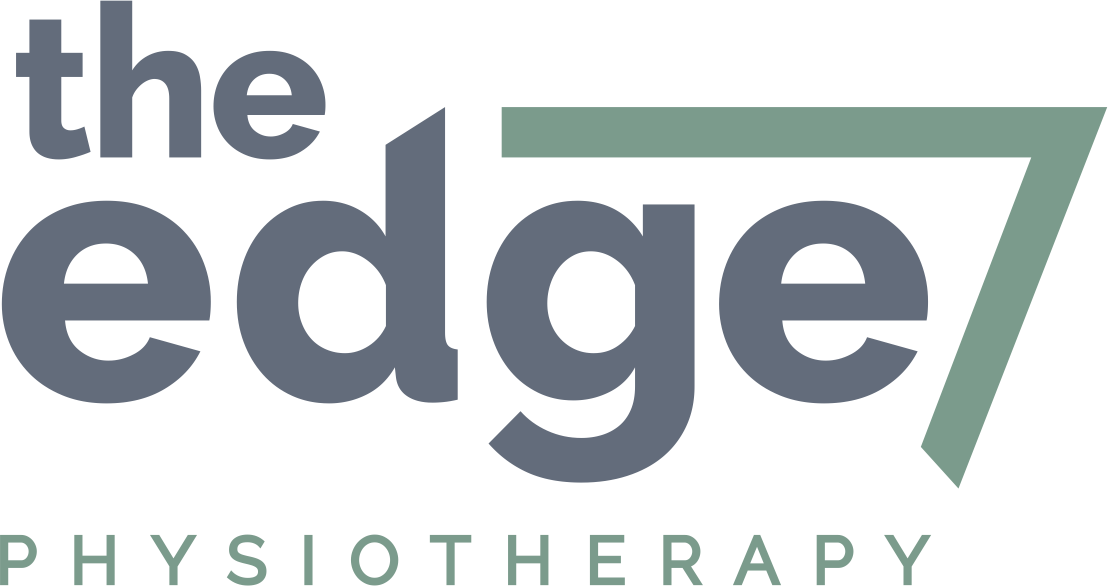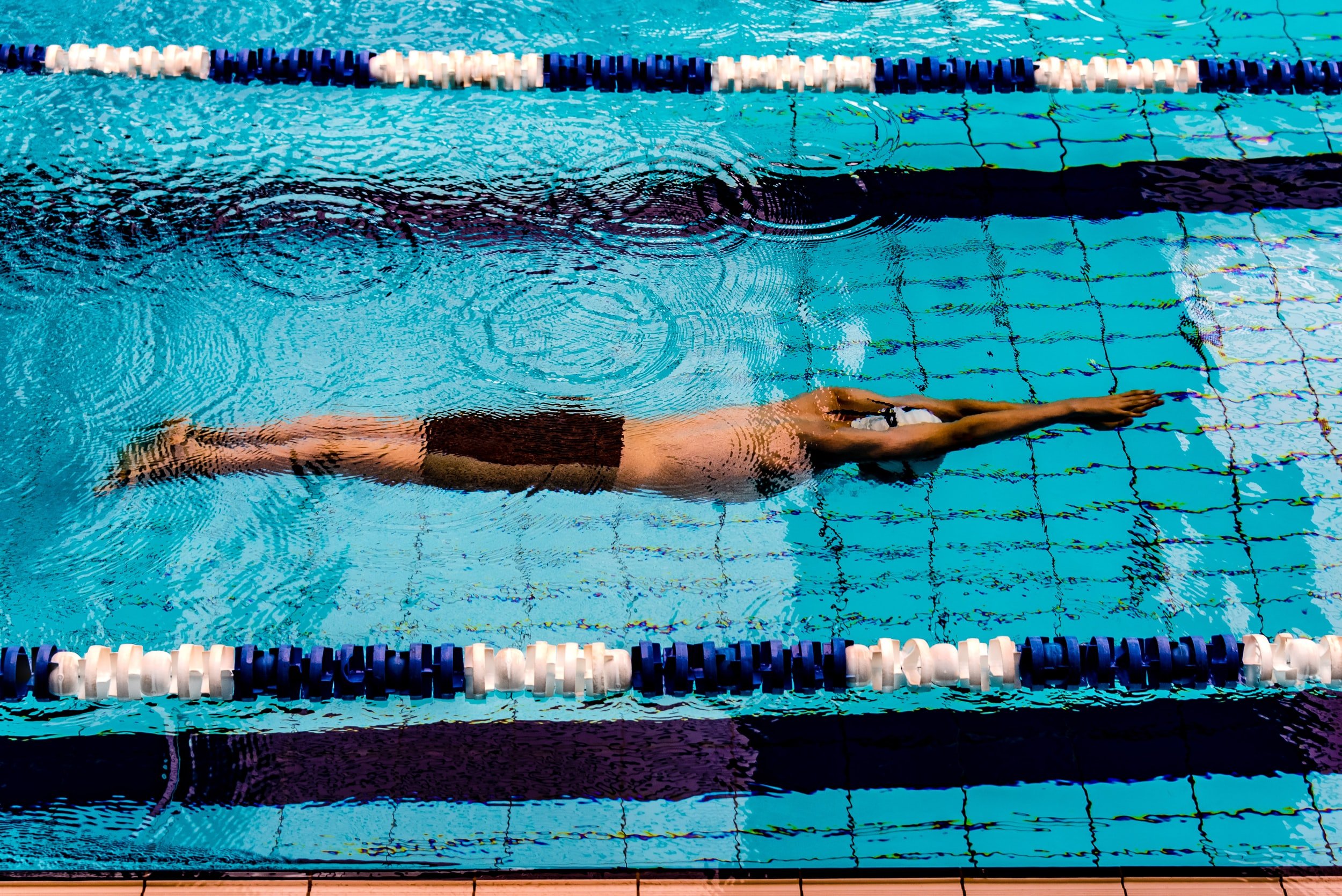Swim assessments…injury management and prevention
Swimming, a sport long associated with The Australian image. As a nation we enjoy going to the beach and getting out into the sunshine for a swim at the pool. Most people who you ask will remember when they first learnt to swim, and I myself have many fond memories associated with the water throughout my life. But what makes a good swimmer?
While fitness and strength are important aspects of what makes a proficient swimmer, good technique and the ability to move effortlessly through water is what often defines a great swimmer from a good swimmer. In conjunction, if we can assess a swimmers strengths and weaknesses we can more efficiently engage in injury prevention. Especially given shoulder and lower back injuries present as the most common in our clinic in the swimming population.
It won’t surprise you to know that swimming technique has been rigorously examined over the years, with Newton’s second and third law holding firm as the forces responsible for the forward motion of swimming. Newton’s law states that a body in motion will accelerate in proportion to the forces placed upon it. In this case, the forces being the drag and propulsion force, weight and buoyancy. The swimmers’ ability to work with these forces allows for a streamlined position in the water.
One of the major things we look at as physios is the impact of the musculoskeletal system on a swimmers stroke and form. Flexibility is one component that is key to understanding how the whole kinetic chain, that is the body, works. In particular, with a swim assessment, we look at:
Thoracic spine rotation and extension which enables the swimmer to be able to draw the shoulders behind the body for an efficient stroke
Glenohumeral (Shoulder) joint internal rotation and abduction, so as to be able to get enough rotation to gain a high elbow in the water; tension in the back of the shoulder is responsible for overload injuries of the shoulder which are most common in swimming
Strength in the shoulder rotators, often we see a strength deficit in external rotation compared to internal rotation
Hip internal rotation and tibial external rotation: this is for for your breastroke swimmers
Hip extension
Ankle plantarflexion (range of motion)
Strength imbalances
general flexibility
Some of these things can affect the ability of the swimmer to maintain a streamlined position in the water which is ultimately what you need. To find out more, book a consultation online with Andy who can take you through these tests to see if your swim technique could use some improvement. In addition, Andy works closely with injury management and conditioning.


